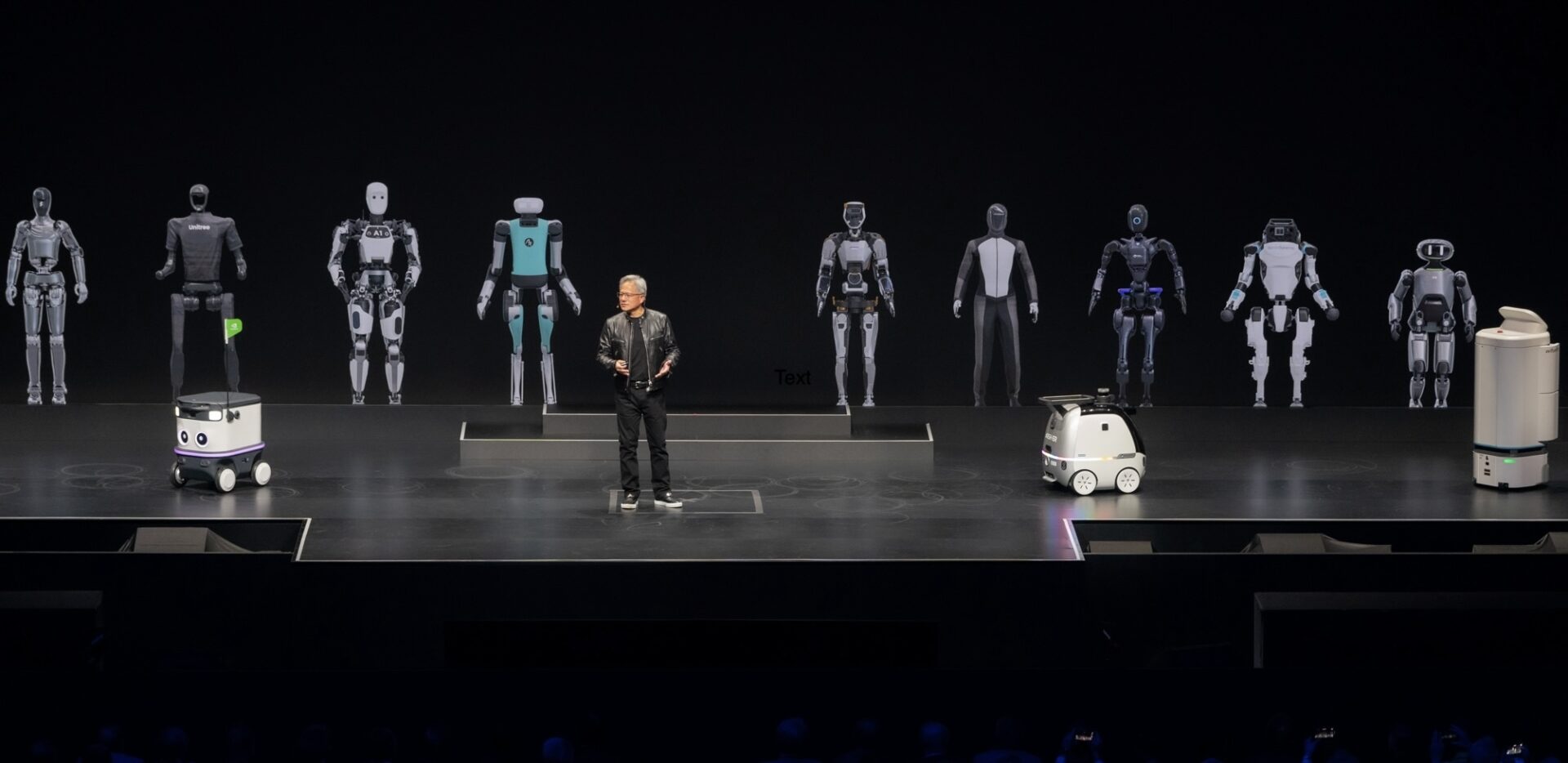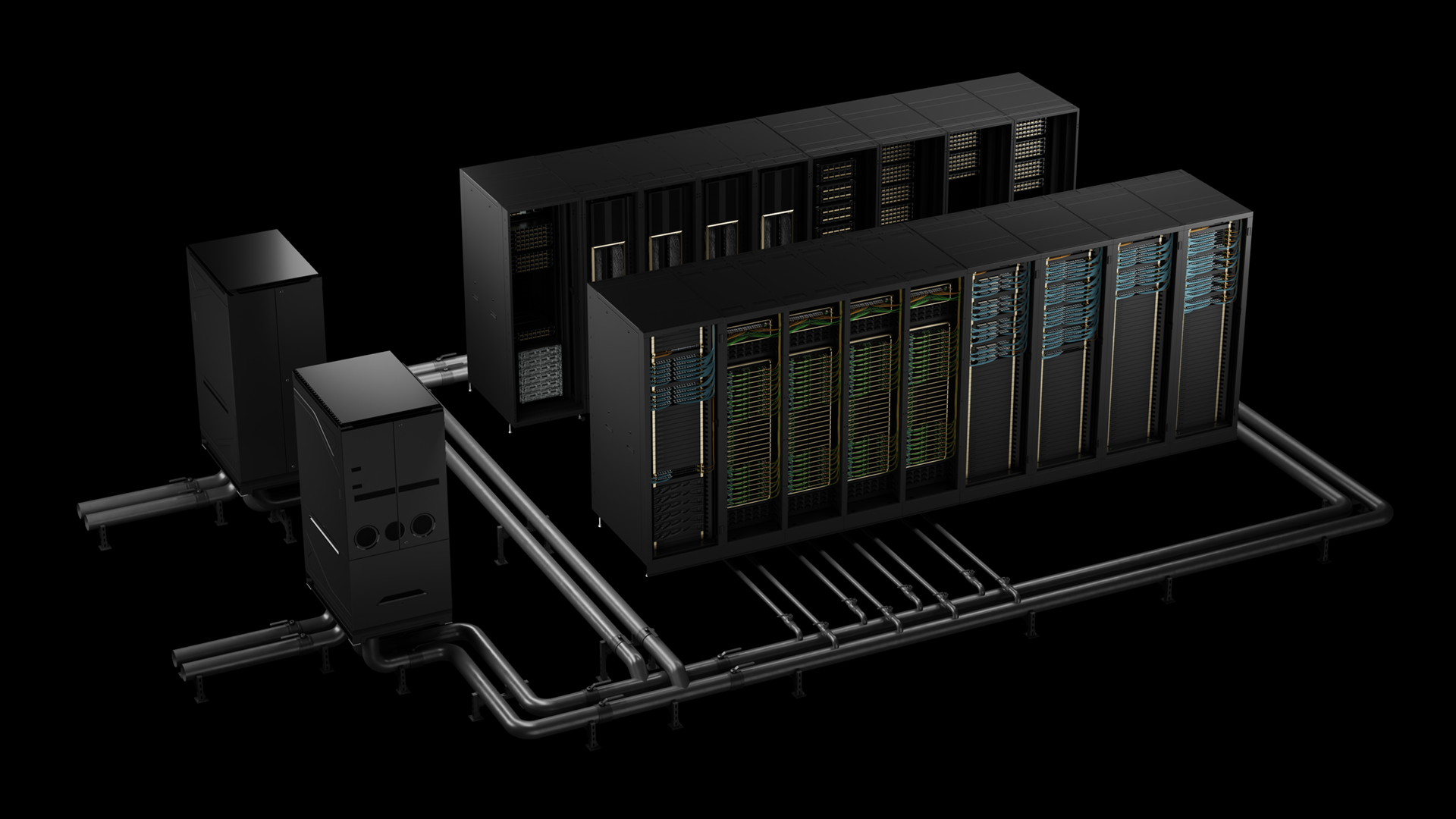
Nvidia CEO Jensen Huang has unveiled an accelerated roadmap in graphics processing unit (GPU) development, unveiling a shift to a yearly update cycle to stay ahead of the competition.
The strategy, unveiled at a keynote address ahead of Computex trade show in Taipei this week, underscores Nvidia’s dominant position in the chip industry.
Speaking to a packed stadium yesterday, Huang outlined a clear roadmap, with the Blackwell Ultra GPU slated for release in 2025, followed by the next-generation Rubin architecture in 2026.
The 2025 chip update comes close on the heels of Blackwell GPU launched in March this year at GTC, the company’s annual gathering of developers.
Rubin boasts cutting-edge features like NVLink 6 networking and support for the next iteration of high-bandwidth memory, HBM4. This aggressive release schedule marks a significant departure from the industry’s typical two-year cycle.
The timing of Nvidia’s announcement was strategic. With CEOs from rivals Intel, AMD and Qualcomm in Taipei to announce at Computex their next generation microprocessors for the AI revolution, this was an opportunity for Huang to advance his vision of an AI future.
“Our philosophy is simple – build the entire data centre, break it down, and deliver cutting-edge components annually,” he said.
This strategy positions Nvidia as a one-stop shop for data centre builders aiming to create powerful AI factories capable of handling the demanding computational workloads of GenAI applications.
Huang’s expansive keynote also painted a broader picture, tracing computing’s 60-year evolution from the IBM 360 mainframe to the mobile revolution ushered in by the iPhone. Now, according to Huang, the world stands on the precipice of a new industrial revolution driven by AI.
“The computer is no longer just a tool,” he declared. “It’s about to become a skill generator.”
This future, he said, goes beyond the traditional IT industry’s focus on data storage and processing. The coming revolution will see AI directly impacting the US$100 trillion industrial sector, transforming factories into centres of intelligent production, he asserted.

To support this vision, he unveiled a suite of solutions spanning accelerated computing, networking, and industrial automation.
A key highlight of the Nvidia event was generative physical AI, a new wave where robots can learn, perceive, and interact with the physical world.
“Generative physical AI can learn skills using reinforcement learning from physics feedback in a simulated world,” said Huang.
“In these simulation environments, robots learn to make decisions by performing actions in a virtual world that obeys the laws of physics,” he said.
“Imagine factories orchestrated by robots, building products that are themselves robots,” he noted, pointing to Taiwanese manufacturers like Foxconn, which are already using Nvidia’s solutions like the Omniverse and Isaac platforms to develop advanced robotic facilities.
There will also be different robots including humanoids that can help augment the work of care givers, customer service officers and manufacturing workers.
“Robotics is here. Physical AI is here. This is not science fiction, and it’s being used all over Taiwan,” Huang stressed.
Life for the 31-year-old Santa Clara, California-based chipmaker began as a maker of high-end PC gaming GPUs.
A pivotal moment came in 2013 when Stanford AI researchers harnessed these chips to build artificial neural networks. Since then, Nvidia has been on a tear, continuously refining its GPUs to handle the ever-growing demands of AI workloads.
This relentless focus on innovation is reflected in Nvidia’s growing R&D budget, which has grown from US$5.26 billion in 2022 to a staggering US$8.67 billion in 2024.
As a result, Nvidia has become the world’s most valuable chipmaker, boasting a staggering 290 per cent growth rate over the past year. Its stock price recently crossed the US$1,000 mark, propelling it to the third-largest public company behind Microsoft and Apple.
This phenomenal growth has also lifted Huang’s net worth to a staggering US$96.1 billion.






